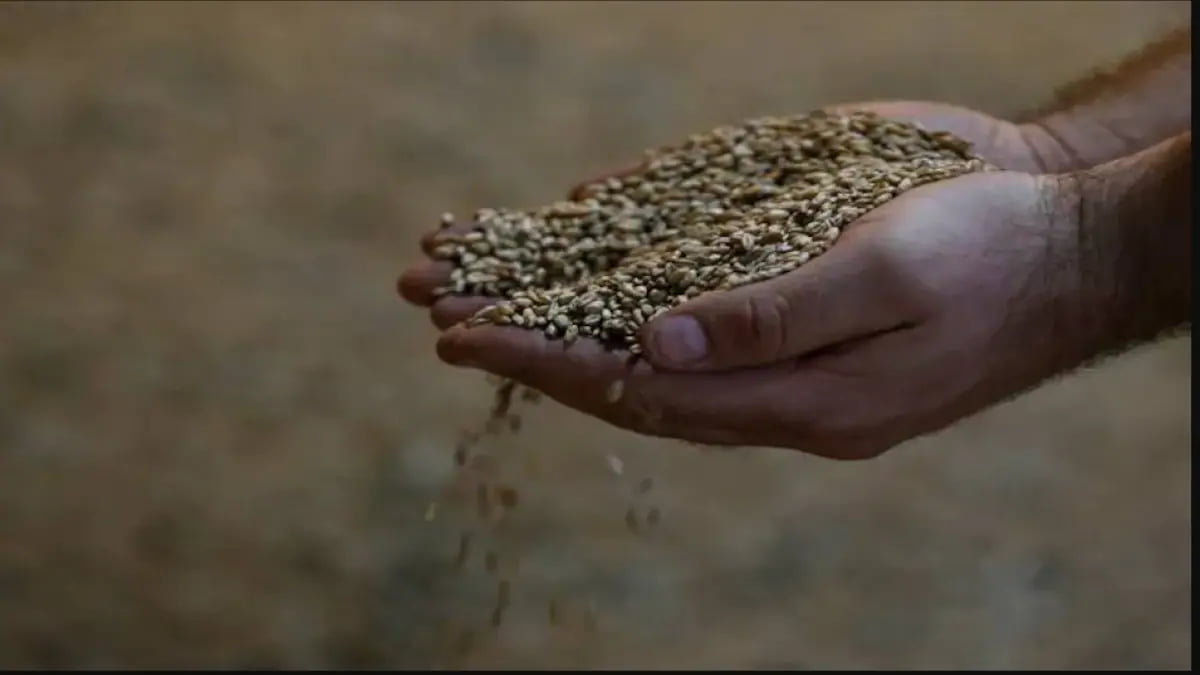NEW DELHI: According to the most recent data, the Union government’s plan to sell 5 million tonnes of wheat on the open market through staggered auctions in order to bring down prices has not brought retail prices of the staple food down by more than a quarter point.
Several traders HT talked to said that one reason was that the government lowered the reserve price for some of these auctions. This means that merchants who bid when the base rate was higher are at a disadvantage compared to those who bet later and got cheap stocks. The reserve price is the lowest price a seller will sell for.
One merchant said that many traders aren’t selling their goods because they don’t want to lose money. This means that markets aren’t getting enough supplies. Authorities, on the other hand, said that the prices of wheat reserves were “dynamic, scientific, and based on demand.”
Even though it kept exporting, stocks of the grain in the world’s second-largest grower dropped when a heatwave cut production by 2.5% to about 106 million tonnes in 2022. In May of last year, the government stopped selling to other countries to make up for a shortage.
In order to keep prices from going up too much, the Centre decided last month that the Food Corporation of India, which is the government’s main grain-handling agency, will sell 3 million tonnes of grain through e-auctions on the market. The government said on February 21 that it would sell 2 million tonnes more.
The FCI has changed the reserve price from the first auction on February 1 to the next rounds of bidding. An FCI official who asked to remain anonymous said that this is because the agency is responding to “demand and inflation dynamics.”
“We spent a lot of money to buy the wheat, but within 15 days, the government cut the reserve price. A trader from Kota, Rajasthan, named CP Gupta asked, “How do I get my money back?” The food ministry said in a statement on Tuesday that the new reserve price, which does not include transportation costs, will help the general public get wheat at a fair price in different parts of the country.
On February 17, the reserve price went down from 2,350 per quintal (100 kg) plus shipping costs to 2,150. It has now gone back up to 2,350 per quintal. Because of how good it is, wheat in a category called “under relaxed specifications” is being sold at a slightly lower price.
“The government wants to make prices go down. Already, prices have gone down. It’s normal for the reserve price to change, and we do OMSS all the time,” the FCI official said, referring to the open market sales scheme, which is the official name for the auction.
The government has sold more than 1.4 million tonnes, according to data seen by the HT. An official said that demand was strong. Even with these steps, wheat prices have not gone down. In January 2023, the year-over-year price increase for cereal was 16.1%, compared to 13.8% in December 2022.
